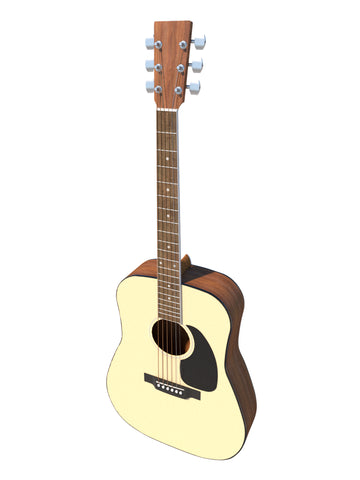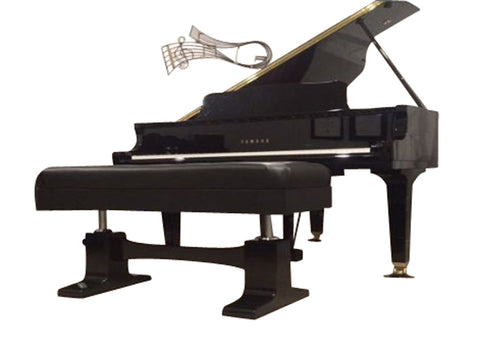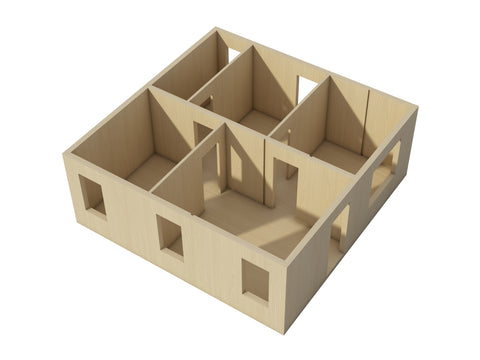African Marimba Instrument DIY Plans DIY Wood Xylophone Musical Instrument Build Your Own
African Marimba Plans DIY
African Musical Instrument Marimba Plans
African Wood Xylophone Plans
These DIY plans will show you how to make your own African Marimba Instrument
What is an African Marimba Instrument?
The African Marimba is a musical instrument that originated in Africa. This instrument is filled with folklore and tradition. The instrument was originally created by digging holes in the ground and covering them with wood. This served as a resonator, and gourds were placed inside. They were then attached underneath the wooden bars. Dried vegetables were also ideal resonators.
Traditional
The marimba is an instrument derived from various African cultures. Its structure and style vary from country to country, but the basic construction is similar. It is usually played with a wooden stick gonged with an iron double bell. Another traditional African instrument is the axatse, which is made from dried out gourds found in the region. Makers spend many hours wrapping a net around the hollowed out gourd and attaching various dried seeds to it. In recent years, colourful plastic beads have replaced the seeds.
There are different types of marimba instruments, which vary in tuning. However, in West Africa, a single-row pentatonic instrument has become a staple of the lives of the Bobo and Bamana tribes. This instrument is usually made of rosewood with about 20 slats. In Africa, there are also many kinds of drums and percussion instruments.
Contemporary
A Contemporary African Marimba is an instrument that originated in Zimbabwe and was developed in the 1960s. It is played with a rubber mallet and is made from wood. It is usually played in groups of soprano and tenor instruments. A treble marimba has 17 keys and is built to play in the key of C major, but can also be played in F major.
The instrument was influenced by a cappella music from ancient Africa. Its versatility led to its adoption by contemporary musicians in Africa and Asia. Its sound is festive and warm, and it requires no electricity.
Xylophone
African xylophones have been played for centuries. They first appeared in Mali around the 13th century. In the 17th century, the instrument was taken to Central America, where it became known as the marimba. Today, it is still popular in Mexico. This instrument originated in Africa, and the instruments are tuned to a Western-style scale.
This musical instrument is typically box-shaped with gourd resonators suspended beneath the frame. These gourds are carved in a way that permits fine tuning of pitch. Some instruments, such as those from Central America, use pig intestine membranes as resonators to produce the characteristic buzzing sound. Nowadays, however, modern marimbas are made of PVC tubing with holes covered in paper.
Rosewood
The Rosewood African Marimba is a traditional African percussion instrument that can be used in the traditional African music. Its construction is based on the same techniques used to create musical instruments from other species. To build an instrument, the wood is cut to exact specifications in order to produce the proper pitch. The wood is then dried for 3 months.
The frame of the marimba is made from two pieces of 200 cm lengths of planed timber. Four long pieces of 3 x 1.5cm are used to create the legs. Six metres of cotton sash cord is used to attach the rails and legs. Various wood screws are used to join the pieces of wood together. If you don't have these tools, you can always use offcuts from other wood pieces.
Brass resonators
African marimba instruments are commonly constructed with brass resonators, which are cylindrical, hollow tubes. The resonators are used to amplify the resonance of the bar. The length of the tubes depends on the pitch of the instrument. The shorter the tubes, the higher the pitch, while longer tubes produce lower notes. The resonator is capped at a certain length, depending on the desired tone.
The instrument's name is derived from the Zulu goddess, who attached gourds to her xylophone. West African slaves later replaced the gourds with resonating tubes. This made the marimba sound fuller, warmer, and louder. These instruments can be heard in popular music and in some African music.
Notes
The notes of an African Marimba Instrument are produced by striking the bar with a bow. The position of the sanding on the bar affects the pitch and the timbre of the sound. A more centrally-placed sanding produces a lower note. A higher position produces a higher note.
A modern-day xylophone, the marimba has three pitches and is taught in schools throughout Africa. The instrument is played by both sexes. These African instruments are works of art and are beautifully carved and decorated. They often feature intricately stitched hide and beads.
All DIY plans are designed or reviewed by Ben Stone. Ben is a retired Engineer in Canada. Ben also drafts these himself using the latest AutoCAD software to ensure accuracy. He studied Engineering back in the early 1980's. After over 30 years in the Construction industry he developed a passion for building cool items around his farm and cabin. These are great DIY projects. With a little skill anybody can Do It Yourself. Ben is always a email away if you have any questions while building one of his projects. He is adding new plans all the time.












